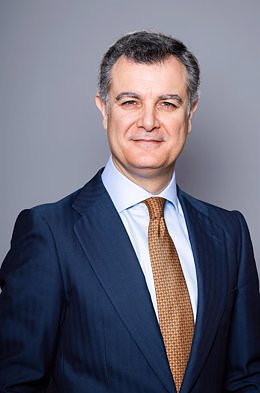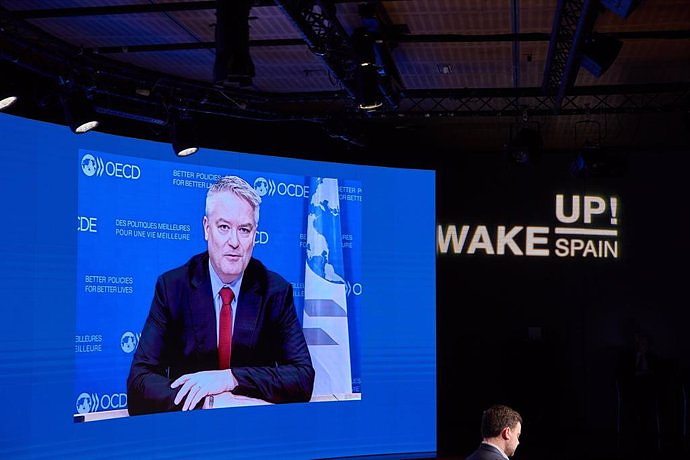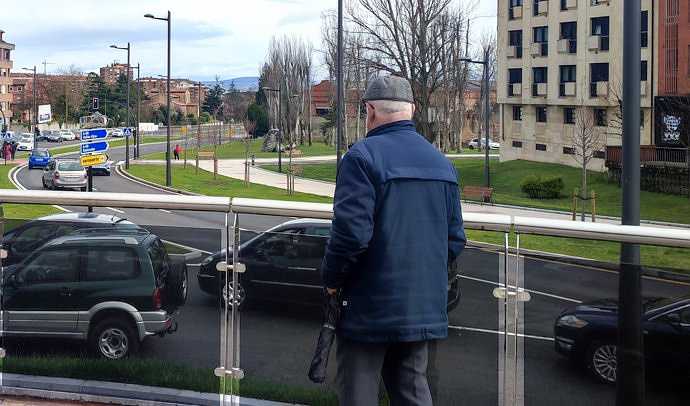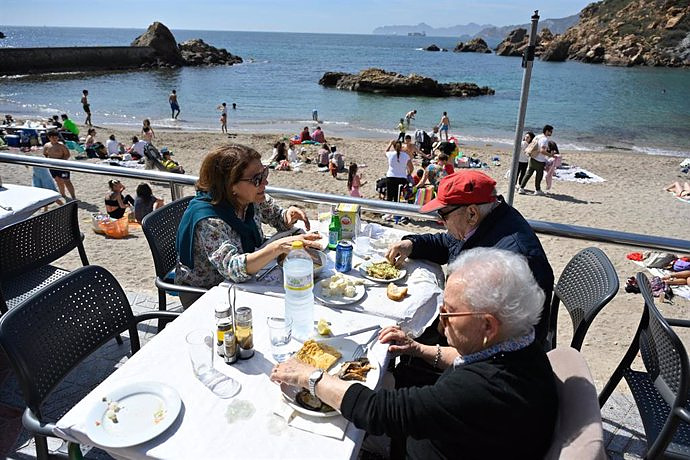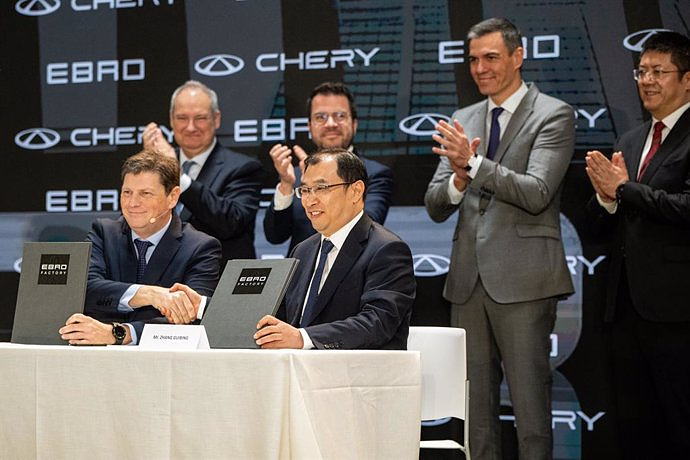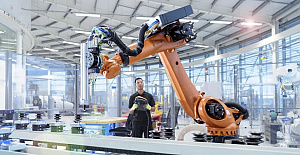It will initially circulate as conventional width, limiting the average speed of the entire route
MADRID, 18 Jul. (EUROPA PRESS) -
King Felipe VI chairs this Monday, together with the President of the Government, Pedro Sánchez, the inaugural journey of the first phase of the Plasencia-Badajoz high-speed platform, between the Cáceres and Badajoz stations, which has had an investment of €1.7 billion.
The inaugural trip will also be attended by the Minister of Transport, Mobility and Urban Agenda, Raquel Sánchez; the president of the Junta de Extremadura, Guillermo Fernández Vara; the president of Adif, María Luisa Domínguez; or the president of Renfe, Isaías Táboas, among other authorities.
The inaugural trip will depart at 4:30 p.m. this Monday from the Cáceres station, and after stopping in Mérida, it will arrive in Badajoz at 5:50 p.m., where an institutional act to inaugurate this section will take place, in the station square, after which he will undertake the return to Cáceres.
The new High-Speed Line (LAV), which links Plasencia, Cáceres, Mérida and Badajoz, is almost 150 kilometers long and represents an investment of 1,700 million euros in the construction of the infrastructure that is now put into service.
The section is the first of the three that make up the high-speed corridor to Extremadura, for which a total investment of some 3,700 million euros is estimated, and which will be completed with two other sections: Madrid-Oropesa and Tayuela-Plasencia, the latter running.
Its layout includes unique structures, such as the Santa Marina (3.4 kilometres) and Puerto Viejo (1 km) tunnels, as well as 28 viaducts; among them, Almonte (996 meters), Río Tajo (1.5 km) and Valdetravieso (1.6 km).
The first two have been developed under the 'concrete arch' typology, with main spans of 384 meters in the case of Almonte --which makes it one of the concrete bridges with the longest span railway arch in the world-- and 324 meters, in the case of the Río Tajo viaduct.
This first phase will be put into service with Iberian gauge tracks with multipurpose sleepers, which allows the future change to standard gauge, together with ASFA Digital signaling (Announcement of Signals and Automatic Braking). For this reason, initially it will be exploited in conventional width, thus limiting the average speed of the entire route.
The increase in the average speed along the route --it will allow maximum speeds of 200 kilometers per hour--, together with the new signaling and traffic control facilities, will mean an improvement in both travel times and traffic reliability .
In addition to the construction of the railway infrastructure, Adif has carried out major renovations at the Plasencia, Cáceres, Mérida and Badajoz stations, for more than 15 million, in order to provide them with the characteristics, services and features necessary to accommodate high-speed railway.
The works have included the comprehensive reform of the passenger buildings and their entrances, as well as actions aimed at accessibility and integration into the urban fabric.

 Exploring Cardano: Inner Workings and Advantages of this Cryptocurrency
Exploring Cardano: Inner Workings and Advantages of this Cryptocurrency Seville.- Economy.- Innova.- STSA inaugurates its new painting and sealing hangar in San Pablo, for 18 million
Seville.- Economy.- Innova.- STSA inaugurates its new painting and sealing hangar in San Pablo, for 18 million Innova.- More than 300 volunteers join the Andalucía Compromiso Digital network in one month to facilitate access to ICT
Innova.- More than 300 volunteers join the Andalucía Compromiso Digital network in one month to facilitate access to ICT Innova.-AMP.- Ayesa acquires 51% of Sadiel, which will create new technological engineering products and expand markets
Innova.-AMP.- Ayesa acquires 51% of Sadiel, which will create new technological engineering products and expand markets The Prosecutor's Office requests that the AN investigate the detainee for terrorism for damaging an ax in a McDonalds in Badalona
The Prosecutor's Office requests that the AN investigate the detainee for terrorism for damaging an ax in a McDonalds in Badalona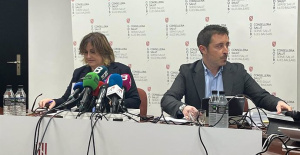 Balearic PSOE denounces the director of IbSalut for prevarication for renouncing the mask claim file
Balearic PSOE denounces the director of IbSalut for prevarication for renouncing the mask claim file Otxandiano reproaches that PSOE "has lent itself" to taking out ETA in the campaign, like the extreme right against Sánchez
Otxandiano reproaches that PSOE "has lent itself" to taking out ETA in the campaign, like the extreme right against Sánchez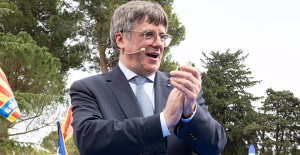 Puigdemont claims to have a "well grasp" of the State and asks to "be respected" to obtain more transfers
Puigdemont claims to have a "well grasp" of the State and asks to "be respected" to obtain more transfers How Blockchain in being used to shape the future
How Blockchain in being used to shape the future Not just BTC and ETH: Here Are Some More Interesting Coins Worth Focusing on
Not just BTC and ETH: Here Are Some More Interesting Coins Worth Focusing on Valencia displays its "innovative and technological potential" at the Emerge Americas event in Miami
Valencia displays its "innovative and technological potential" at the Emerge Americas event in Miami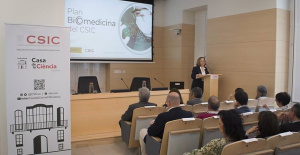 The CSIC incorporates the challenges of robotics, nanotechnology and AI in the new strategic plan for biomedicine
The CSIC incorporates the challenges of robotics, nanotechnology and AI in the new strategic plan for biomedicine Innovation allocates 9.1 million to train 74,000 people and guarantee digital inclusion
Innovation allocates 9.1 million to train 74,000 people and guarantee digital inclusion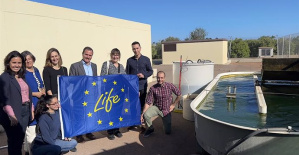 LIFE SPOT manages to develop new green treatments that eliminate groundwater contamination
LIFE SPOT manages to develop new green treatments that eliminate groundwater contamination A million people demonstrate in France against Macron's pension reform
A million people demonstrate in France against Macron's pension reform Russia launches several missiles against "critical infrastructure" in the city of Zaporizhia
Russia launches several missiles against "critical infrastructure" in the city of Zaporizhia A "procession" remembers the dead of the Calabria shipwreck as bodies continue to wash up on the shore
A "procession" remembers the dead of the Calabria shipwreck as bodies continue to wash up on the shore Prison sentences handed down for three prominent Hong Kong pro-democracy activists
Prison sentences handed down for three prominent Hong Kong pro-democracy activists ETH continues to leave trading platforms, Ethereum balance on exchanges lowest in 3 years
ETH continues to leave trading platforms, Ethereum balance on exchanges lowest in 3 years Investors invest $450 million in Consensys, Ethereum incubator now valued at $7 billion
Investors invest $450 million in Consensys, Ethereum incubator now valued at $7 billion Alchemy Integrates Ethereum L2 Product Starknet to Enhance Web3 Scalability at a Price 100x Lower Than L1 Fees
Alchemy Integrates Ethereum L2 Product Starknet to Enhance Web3 Scalability at a Price 100x Lower Than L1 Fees Mining Report: Bitcoin's Electricity Consumption Declines by 25% in Q1 2022
Mining Report: Bitcoin's Electricity Consumption Declines by 25% in Q1 2022 Oil-to-Bitcoin Mining Firm Crusoe Energy Systems Raised $505 Million
Oil-to-Bitcoin Mining Firm Crusoe Energy Systems Raised $505 Million Microbt reveals the latest Bitcoin mining rigs -- Machines produce up to 126 TH/s with custom 5nm chip design
Microbt reveals the latest Bitcoin mining rigs -- Machines produce up to 126 TH/s with custom 5nm chip design Bitcoin's Mining Difficulty Hits a Lifetime High, With More Than 90% of BTC Supply Issued
Bitcoin's Mining Difficulty Hits a Lifetime High, With More Than 90% of BTC Supply Issued The Biggest Movers are Near, EOS, and RUNE during Friday's Selloff
The Biggest Movers are Near, EOS, and RUNE during Friday's Selloff Global Markets Spooked by a Hawkish Fed and Covid, Stocks and Crypto Gain After Musk Buys Twitter
Global Markets Spooked by a Hawkish Fed and Covid, Stocks and Crypto Gain After Musk Buys Twitter Bitso to offset carbon emissions from the Trading Platform's ERC20, ETH, and BTC Transactions
Bitso to offset carbon emissions from the Trading Platform's ERC20, ETH, and BTC Transactions Draftkings Announces 2022 College Hoops NFT Selection for March Madness
Draftkings Announces 2022 College Hoops NFT Selection for March Madness



